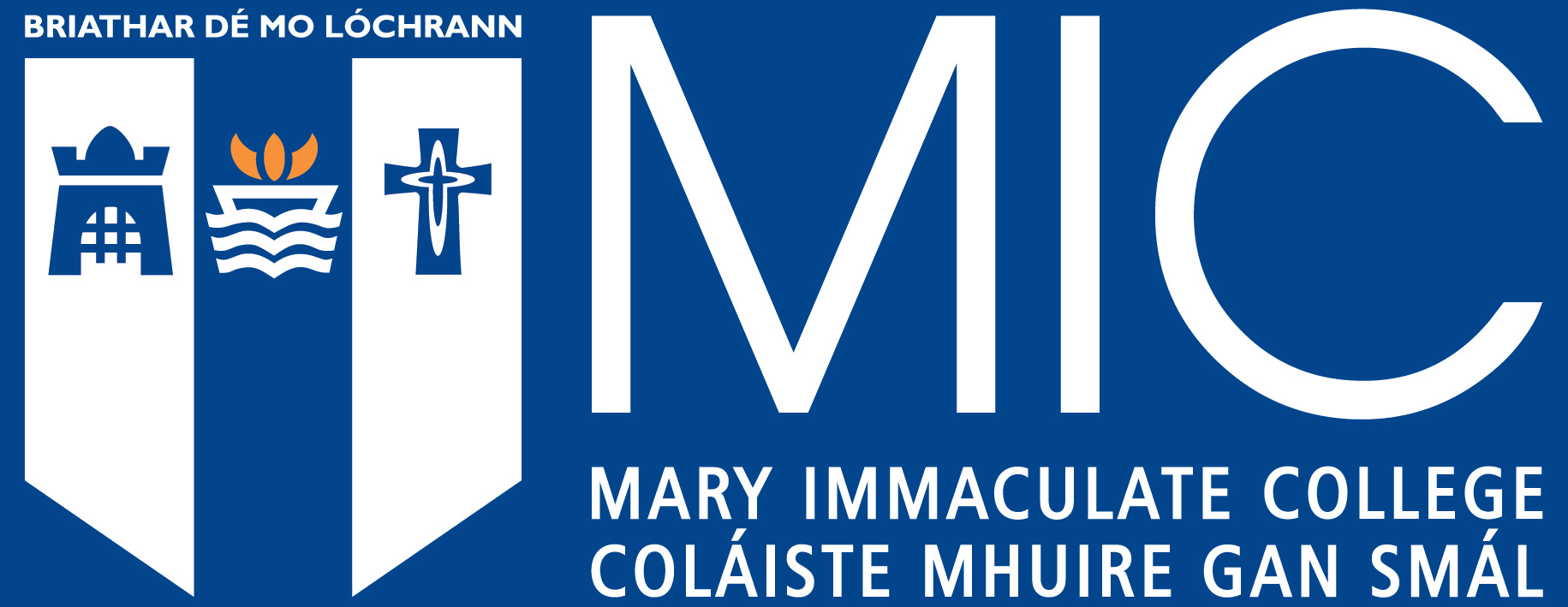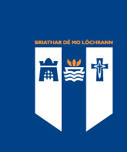Principled pattern curation to guide data-driven learning design
Citation
Mark, G. and O'Keeffe, A. (2022) Principled pattern curation to guide data-driven learning design, Applied Corpus Linguistics, 2(3), 1-15, available: https://doi.org/10.1016/j.acorp.2022.100028.

View/
Date
2022-08-06Author
O'Keeffe, Anne
Mark, Geraldine
Peer Reviewed
YesMetadata
Show full item record
Mark, G. and O'Keeffe, A. (2022) Principled pattern curation to guide data-driven learning design, Applied Corpus Linguistics, 2(3), 1-15, available: https://doi.org/10.1016/j.acorp.2022.100028.
Abstract
Insights from corpus linguistics (CL) have informed language learning and materials design, among many other areas. An important nexus between CL and language learning is the use of Data-Driven Learning (DDL), which draws on the use of corpus data in the classroom and which brings opportunities for inductive language discovery. Within the ethos of DDL, learners are encouraged to discover patterns of language and, in so doing, foster more complex cognitive processes such as making inferences. While many studies on DDL concur on the success of this approach, it is still perceived as a marginal practice. Its success so far has been largely limited to intermediate to advanced level learners in higher education settings (Boulton and Cobb 2017). This paper aims to offer guiding principles for how DDL might have wider application across all levels (not just at Intermediate and above) and to set out exemplars for their application at different levels of proficiency. Based on insights from second language acquisition (SLA) and learner corpus research (LCR), the focus of this paper will be on identifying principles for the curation of language patterns that are differentiated for stage of learning. In particular, we are keen to build on recent and important work which looks at SLA through the lens of the usage-based (UB) models (that is, models that view language as being acquired through the use of and exposure to language).
Keywords
Data-driven learningLearning corpus research
Usage based acquisition
Complexity
Formulaicity

